Last Updated on July 27, 2024 by Jason
MuDu watches are a vintage watch brand that come up online occasionally and the brand has a peculiar history. According to Mikrolisk, the “Bible” for horological trade marks, the MuDu brand was registered in 1957. It is listed as belonging to Brevinex SA/Kurt Dubach, Geneva Switzerland. There is a separate undated trade mark list on Mikrolisk for MuDu, in this instance, it is registered to Adolf Muller of Geneva Switzerland. There is also a later trade mark listing for MuDu Doublematic by Brevinex SA of Geneva, Switzerland, registered in 1962. Again, there is a separate undated registration of MuDu Doublematic for Adolf Muller. It is thought that the MuDu brand is a shortening of the names of Muller and Durbach.
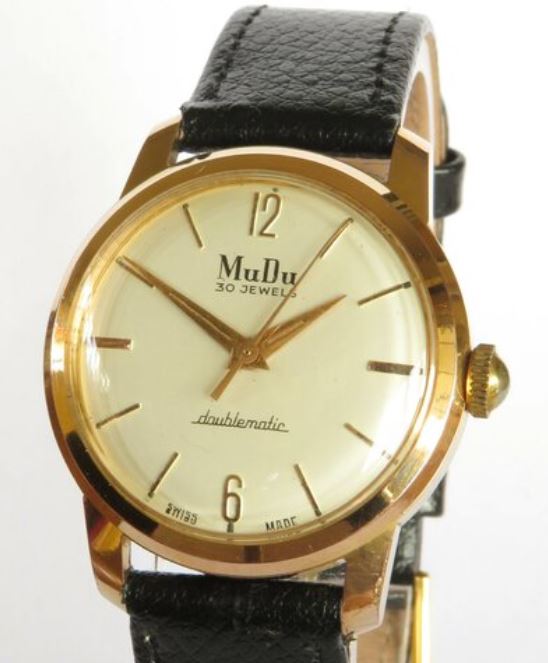
Illegal brand?
MuDu watches were Swiss made and of good quality with high jewel counts in the movement. They were common in the UK, but never available for retail sale. They were typically sold in pubs and clubs in a “wanna buy a watch?” scenario. The watches were sold without straps, boxes, papers or packaging. They are sometimes seen engraved as long-service or retirement gifts from companies located in Southern England.
There is speculation that MuDu watches were actually made as a secondary brand of Blancpain watches, with another rumour that Blancpain workers made the watches out-of-hours. A third rumour suggests that dismissed employees were walking out with suitcases full of movements and cases and assembling them offsite. All extremely unlikely given the number of MuDu watches that were made and the level of coordination required to assemble and ship a consistent brand. These fanciful rumours were no doubt fuelled by the illicit manner in which MuDu watches entered the UK.
Smuggling
It is believed that MuDu watches were smuggled into the UK via various ports of entry on the southern coast of England from the 1950s and throughout the 1960s. I can’t find any evidence of 1970s Mudu watches. These likely ports of illicit entry are Southhampton and the old City of Bristol Docks. It is likely that they were smuggled in to avoid the high duties imposed post-war on imported goods and precious metals like gold. It is believed that the UK was the only export market for MuDu watches and they are rarely found in other countries.
There a confirmed report of smuggled goods being seized from a well-known London gangster in 1961. The confiscated goods included a large number of MuDu watches. On the watch forum (Christopher Ward), one member was quoted saying, ‘ I purchased a MuDu 25 jewel doublematic for about £5 from a Customs & Excise sale of seized goods in 1961.’ There are many similar anecdotes online regarding MuDu watches. However, it is difficult to validate any of these stories as there is no corroborating evidence online. Many of the stories online suggest these are highly reliable and wearable vintage watches.
Notable MuDu models
MuDu produced a range of models including hand-wound and automatic movements. However, by far, the most common is the MuDu Doublematic and another notable, but much rarer model, is the MuDu Moon phase Triple Date.
MuDu Doublematic
The MuDu Doublematic is a vintage watch model known for its quality and the use of Felsa automatic movements, which allow the rotor to wind the watch in both directions. The bi-directional movement of the rotor gave rise to the term “Doublematic”. This is similar to the bumper automatic movements of the time. The MuDu Doublematic watches used a variety of Felsa movements, including the Fels 4000, 4002, 4007N and 1560.
Typically, Felsa movements had 17, 21, 25 or 30 jewels with Incabloc shock protection. Although, I have seen MuDu watches for sale with 41 jewels displayed on the dial, but there are reports of 55 and 56 and even 75 jewel dials. Jewel counts in excess of 30 are usually surplus to requirements and are a marketing exercise rather than a practical placement of bearing. All of the MuDu Doublematics have lume on their hands. However, they lack the T Swiss T which indicates the lume is based on tritium. This suggests they possibly used radium-based luminescence, which is cheaper, but also much more radioactive. As far as I am aware, all MuDu watches use acrylic crystal as a lens.
Typically, MuDu Doublematics had a case back that stated the watch had Incabloc shock protection and that they were waterproof. No matter what is written on the case back vintage watches should never be considered waterproof.
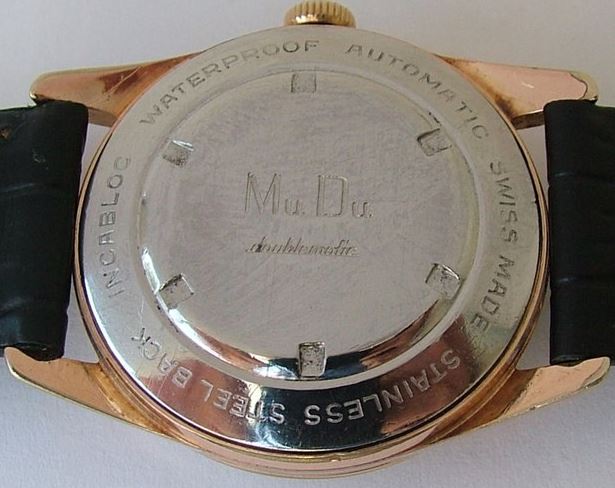
Later MuDu Doublematics used a combination of the Felsa and A. Schild automatic movement. Brief descriptions are included below.
MuDu Moon phase Triple Date
The MuDu Moon Phase Triple Date is a much rarer timepiece. It used the Felsa 693 automatic movement, which included day, date and moon phase complications. I have seen photographs online with the dial stating 17 and 25 jewels. They are striking looking watches and very complicated for such an obscure watchmaker.
MuDu movements
Later MuDu Doublematics used a combination of the Felsa and A. Schild automatic movement. There were also some had-wound MuDu watches which have been found using an A. Schild movement. All of the movements had decent jewel counts and remain as reliable vintage timepieces. Brief descriptions are included below for movements known to be used. However, this may not be a complete list.
Felsa
Felsa was established in 1918 near the established A. Schild factory in Grechen, Switzerland. The Felsa brand was registered to Felsa SA in Neuchâtel and Grenchen, Switzerland on March 20, 1919. The company later joined A. Schild, Adolphe Michel, FHF, and others under the Ebauches SA banner in 1928. Felsa became an innovator in the 1930s when Felsa designer, Friedrich Meyer, patented an automatic winding mechanism in 1942. This bi-directional winding mechanism became known as the Bidynator movement which was used by Breitling, among other brands. Because of Felsa’s success with the bi-directional automatic winding system, Ebauches SA allowed them to specialise in automatic movements, along with ETA and A. Schild. The Bidynator bi-directional automatic movement was key to the movements listed below.
Felsa 1560
The Felsa 1560 watch movement is a mechanical movement with an optional Reed’s regulator. The movement features functions such as bi-directional automatic winding and a sweep second hand. The Felsa 1560 dates from 1955 and includes 17, 21, 25 or 30 jewels with an Incabloc shock protection system.
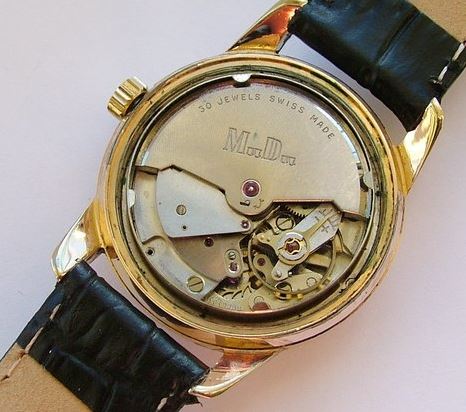
Felsa 4000
The Felsa 4000 is an automatic movement that was launched in 1955. The self-winding rotor winds in both directions. The movement measures 11.5 ‴ lignes (26.3 mm) in diameter with 17 jewels and a power reserve of 44 hours. It has a centre sweep second hand and uses Incabloc shock protection.
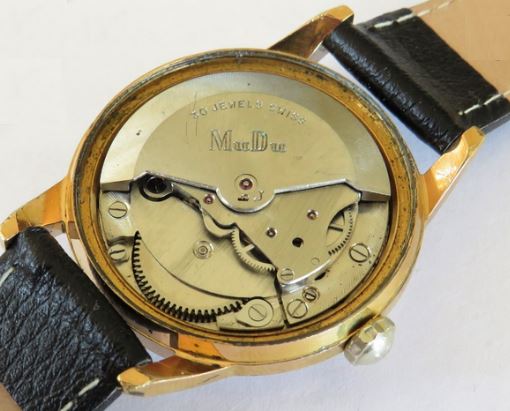
Felsa 4002
The Felsa 4002 is a mechanical automatic watch movement. The movement was launched in 1955 and utilises a self-winding rotor which winds in both directions. It also features sweep seconds, with a date and calendar function that can be adjusted within a range of +/-24 hours (no quickset). The movement measures 11.5 ‴ lignes (26.3 mm) in diameter with a power reserve of 44 hours. The Felsa 4002 had 17, 21, 25 or 30 jewels with Incabloc shock protection.
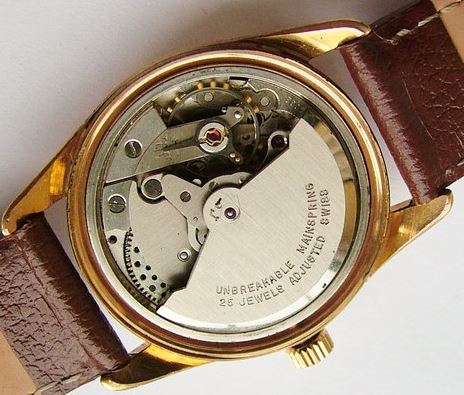
Felsa 4007N
The Felsa 4007N is an automatic watch movement that features a sweep second function. It was launched in 1960 and includes a calendar feature, with a quickset date function, set by moving the hands back and forth between 21:00 and 24:00 hours. The movement measures 11.5 ‴ lignes (26.3 mm) in diameter with a power reserve of 44 hours. The Felsa 4007N had 17, 21, 25 or 30 jewels with an Incabloc shock protection system.
A. Schild SA
A. Schild SA (also known as ASSA) was an ebauche and watch movement maker operating from the 1890s through the 1970s. The company began producing watch movements in Grenchen, Solothurn after 1896. Schild produced many different movements and became one of the largest movement makers in Switzerland by the 1920s.
In 1926, ASSA was combined with several other companies, including FHF, to create Ebauches SA. Each individual company maintained their independence and branding. However, they worked together as the Ebauches SA group, to overcome the difficult economic conditions of the Depression and World Wars. A. Schild would become part of ASUAG in 1931.
The quartz crisis of the 1970s hit many Swiss watchmakers hard. By 1979, Ebauches SA was forced to merge with ETA to survive.
AS 1200
The A. Schild 1200 watch movement is a manual wind mechanical movement that features sub-seconds functionality. The movement is 10.5”’ Ligne (23.7mm) in diameter with 15 or 17 jewels, an Incabloc shock protection system and a power reserve of 45 hours. The AS 1200 movement was launched in 1945. This movement was used in MuDu hand-wound watches, not the Doublematics.
AS 1681
The A. Schild 1681 watch movement is an automatic movement with sweep seconds and a calendar with a date setting that can be adjusted by changing the time between 20:30 and 24 hours. It also has the benefit of detached manual wind. The movement is 11.5”’ Ligne (26 mm) in diameter with 17, 21 or 25 jewels, an Incabloc shock protection system and a power reserve of 41 hours. The AS 1681 movement was launched in 1962.
AS 1700
Launched in 1960, the A. Schild 1700 watch movement is an automatic movement with sweep seconds. It also has the benefit of detached manual wind. The movement is 11.5”’ Ligne (26 mm) in diameter with 17, 21, 25 or 30 jewels, an Incabloc shock protection system and a power reserve of 41 hours.
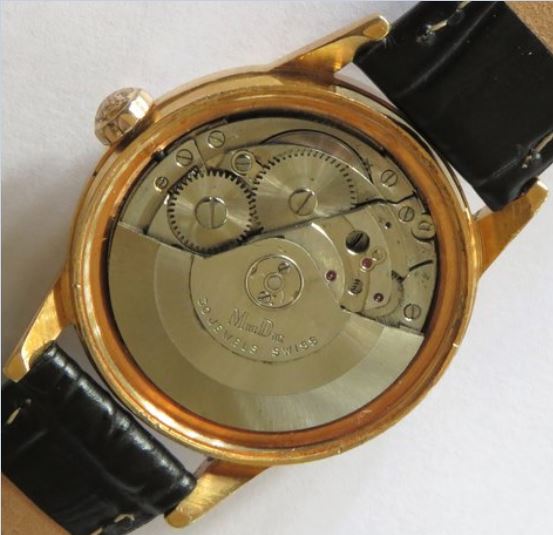
Summary
MuDu is an intriguing brand with an unknown history. I don’t have any desire to have one in my collection, however I do find the MuDu story interesting. As a result of their illicit activities, the brand probably missed out on becoming more respected. That said, you still can’t dismiss the quality of the existing watches. For something that has “fallen off the back of a truck” they compare favourably to more recognised brands.
Note: There is nothing official online about MuDu. This research took a lot of guesswork and cross-referencing between uncited comments in various online forums.
Related content
MuDu at Chrono24.
Leave a Reply